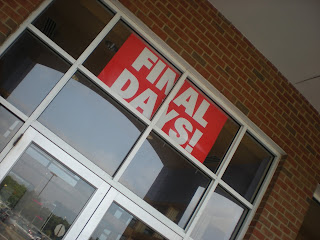Need to learn thermodynamics? Type “thermodynamics” into the Amazon search engine. You will find a large selection of texts and monographs that can be delivered to your door tomorrow. Keeping with my Michigan theme, I popped up Fundamentals of Thermodynamics by Borgnakke and Sonntag (this is the descendent of the text from which I learned thermodynamics in my own undergraduate days). I can have it in a day – it is $176, but I can also rent it for my kindle for $27 and have it right now!
 Even 20 years ago it would have been difficult for a student
to find and buy a decent thermodynamics text without the help of an engineering
faculty member to select the text and a college bookstore to stock it. Today it is trivial.
Even 20 years ago it would have been difficult for a student
to find and buy a decent thermodynamics text without the help of an engineering
faculty member to select the text and a college bookstore to stock it. Today it is trivial.
But surely I can’t learn thermodynamics well without a good
lecture. No problem. One Google search and I found literally 100’s
of free online video lectures on thermodynamics. But are they good? Of that I can’t be sure, but a bunch are
from MIT. They are probably as good as
any, and we can be certain that all of these will get better.
Selecting a textbook and engaging the logistical support of
the bookstore, with its connections to book jobbers and publishers, was a
service we once had to provide to students.
The selection of a text and the requirement that a student read it is a
symbol of the content delivery approach to education that has characterized
higher education for the last 100 years.
Faculty would select a text and require it. The bookstore would make it available to
students. This all used to be a
difficult and time consuming process and it was of value that we provided this
service for students. Similarly, faculty
selected ideas and topics – sometimes aligned with the text, and sometimes not –
and presented those ideas in a lecture in order to give emphasis and order to
an area of knowledge. Our job was to
curate the knowledge and present it to students in a manner we believed would
be best for their learning of it.
Neither service is particularly unique anymore, and both are
now being provided for free or for very modest cost. The
collapse of the college bookstore as a viable business is an ongoing and
accelerating process. These stores are
closing, and those that are still open do as much or more business selling
sweatshirts with footballs on them as they do selling books. Can we be sure that the value we do still
provide to students is still worth what they pay for it? Can we even be sure that students still need
to buy lectures, or should we be selling sweatshirts in our classrooms?

.jpeg)








